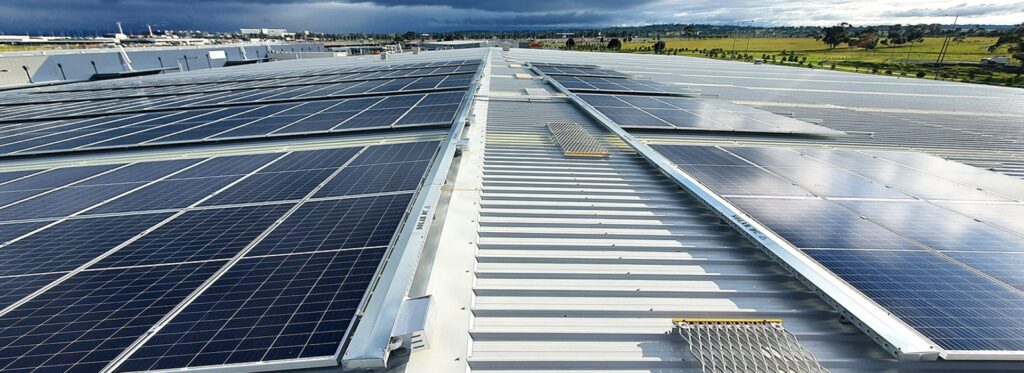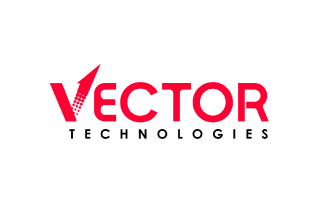Trusted by
Solar Panels
Cutting Edge Commercial Photovoltaic Panels
Enjoy a custom solar array designed to convert sunlight into energy and take control of your business’ overheads.
At Sustainable Savings, our cutting-edge solar solutions offer businesses a cost-effective way to reduce electricity bills while minimising their carbon footprint.
By harnessing the abundant sunlight in South Australia, commercial photovoltaic panels generate clean and renewable energy, contributing to both environmental and financial gains. With expert installation and reliable performance, our photovoltaic panels are tailored to meet your commercial energy needs.
Join the green energy revolution, enhance your brand’s eco-friendly image, and enjoy long-term savings with Sustainable Savings.
Embrace clean energy by speaking to a member of our team today on (08) 7120 6366 for an obligation-free quote.
What are the best types of commercial photovoltaic panels?
When considering commercial photovoltaic panels, several factors come into play to determine the best types for your business.
High-efficiency panels from reputable manufacturers like SunPower, offer excellent energy production and durability. Monocrystalline panels, known for their efficiency, are often preferred for commercial installations due to limited space availability.
Additionally, bifacial panels can enhance energy yield by capturing sunlight from both sides. To optimise performance in South Australia’s climate, consider panels with good temperature coefficient ratings. However, the best choice depends on your specific energy goals, available space, budget, and desired return on investment.
How much do commercial photovoltaic panels cost?
The cost of commercial photovoltaic panels in South Australia can vary widely depending on several factors. These include the size of the installation, the type and quality of the panels, the complexity of the installation process, and any additional equipment or services required.
On average, commercial solar panel systems in Australia could range from $1,000 to $2,500 per installed kilowatt (kW), with larger installations often costing less per kW due to economies of scale.
For a customised quote, reach out on (08) 7120 6366 today.

Commercial photovoltaic panel benefits
Cost Savings: They generate electricity from sunlight, reducing reliance on the grid and lowering electricity bills, leading to significant long-term savings.
Environmental Impact: Solar energy is clean and renewable, reducing greenhouse gas emissions and helping your business contribute to a more sustainable future.
Government Incentives: South Australia offers various government incentives, grants, and rebates that can significantly offset the upfront costs.
Enhanced Brand Image: Embracing solar power showcases your business’s commitment to sustainability, attracting environmentally conscious customers and investors.
Stable Energy Costs: Solar power provides stability against fluctuating energy prices, offering a predictable source of energy for years to come.
Reduced Grid Dependence: Photovoltaic panels reduce reliance on the grid during peak demand periods, contributing to grid stability and potentially reducing strain on local energy infrastructure.
Low Maintenance: Solar panels require minimal maintenance and have a long lifespan, resulting in low operating costs.
Increased Property Value: Commercial properties equipped with panels tend to have higher resale values due to their energy efficiency and reduced operational costs.
Energy Security: Generating your energy onsite enhances energy security, reducing vulnerability to power outages and grid failures.
Net Metering: Excess energy generated by your panels can be fed back into the grid, allowing you to earn credits or payments from your energy provider.
Long-Term Investment: While there’s an initial cost, panels are a long-term investment that can provide returns over their lifespan through energy savings and potential revenue from excess energy sales.
What is the installation process for commercial photovoltaic panels?
The installation process for commercial photovoltaic panels typically involves several key steps:
Step One: Site Assessment – A solar provider assesses your commercial property’s rooftop or available space to determine its solar potential, taking into account factors like orientation, shading, and structural integrity.
Step Two: Customised Design – Based on the assessment, a customised solar system design is created to maximise energy generation and efficiency for your specific site.
Step Three: Permitting and Approvals – Necessary permits and approvals from local authorities and utility companies are obtained before installation begins.
Step Four: Preparation – The installation team prepares the site, ensuring the roof or ground area is clean, free of debris, and structurally sound.
Step Five: Mounting and Racking – Mounting structures and racking systems are securely attached to the roof or the ground, providing a stable foundation for the solar panels.
Step Six: Electrical Work – Wiring and electrical components are installed, including inverters, which convert the direct current (DC) generated by the panels into usable alternating current (AC) electricity.
Step Seven: Panel Installation – Solar panels are carefully installed on the mounting structures, following the design layout. Wiring connections are made between panels and inverters.
Step Eight: Testing and Commissioning – The entire system is tested to ensure proper functionality, including electrical connections, panel efficiency, and system performance.
Step Nine: Grid Connection – If desired, the solar system is connected to the grid, allowing excess energy to be fed back into the utility grid and potentially earning you credits or payments.
Step Ten: Monitoring Setup – Monitoring systems are installed to track the system’s performance, energy production, and any potential issues in real-time.
Step Eleven: Final Inspections – Local authorities or regulatory bodies may conduct final inspections to ensure the installation meets safety and quality standards.
Step Twelve: Handover and Training – Once everything is approved, the solar provider will provide you with information on how to operate and maintain your system effectively.
Step Thirteen: Maintenance and Support – Regular maintenance and support services may be offered to ensure your solar system continues to perform optimally over its lifespan.



















